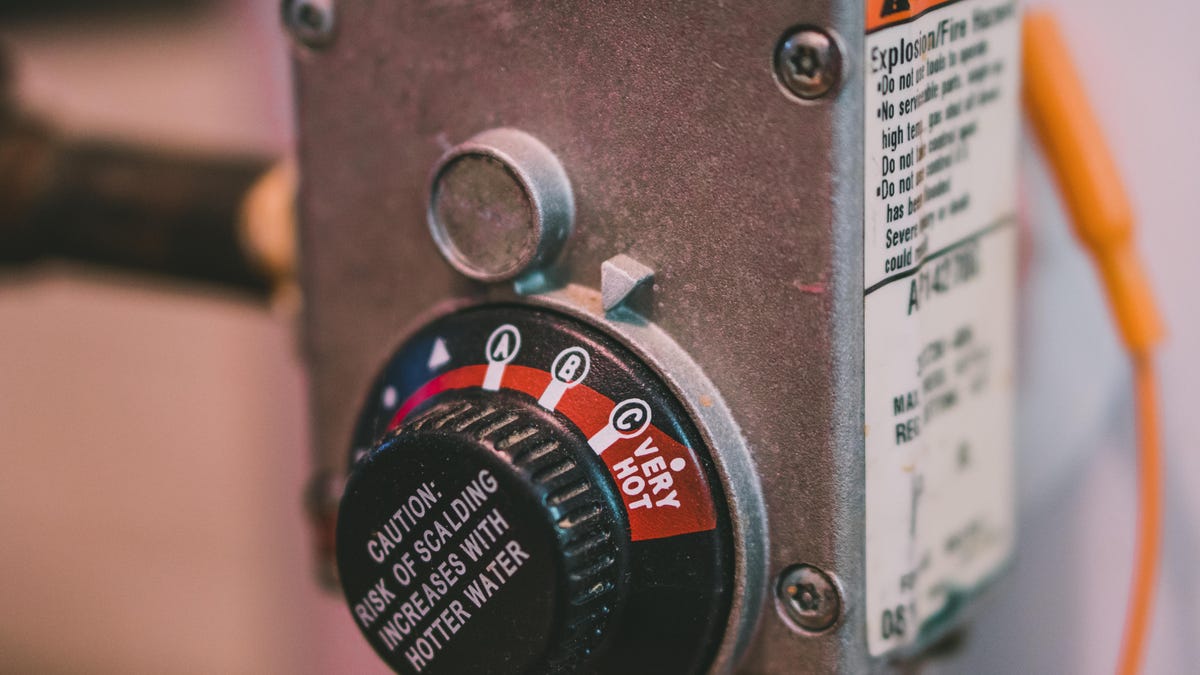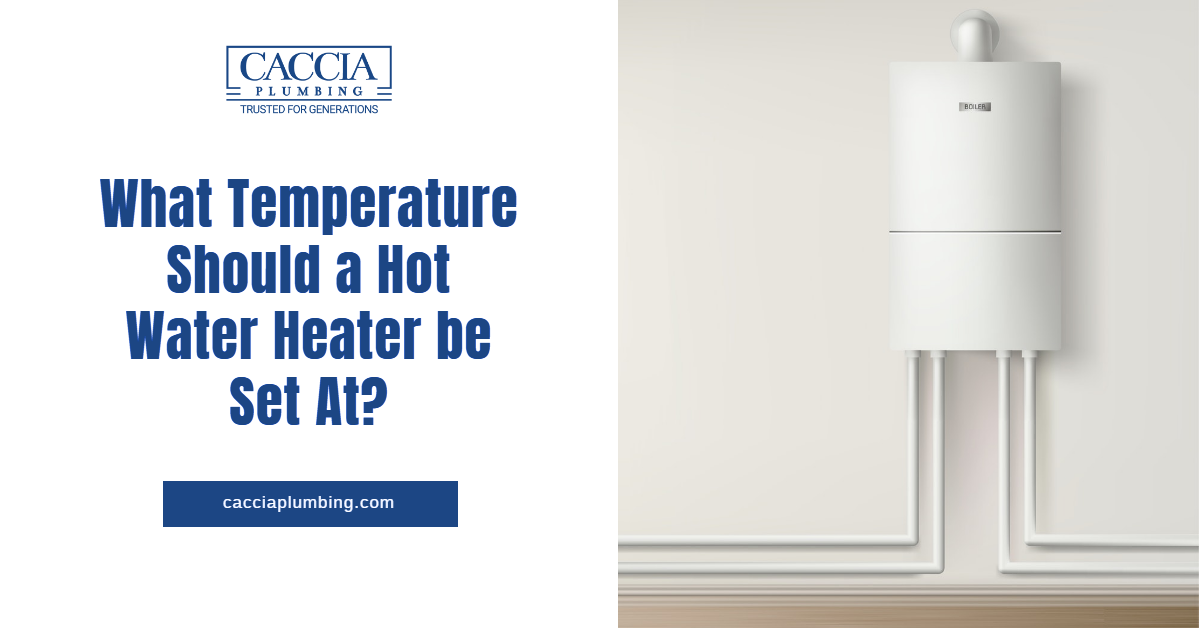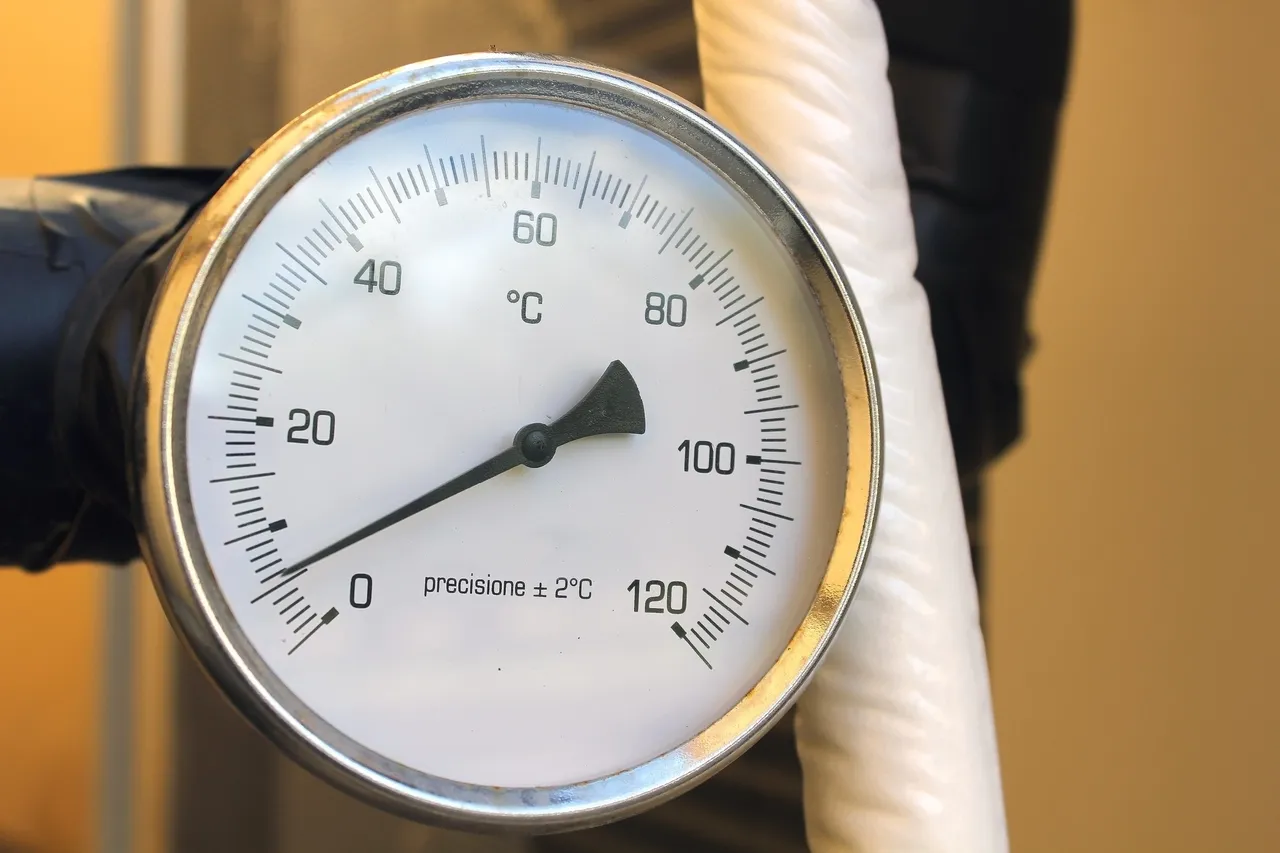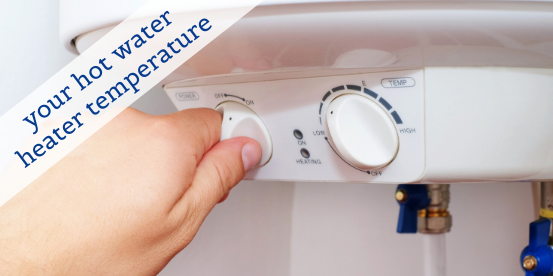What Temperature Should The Heater Be On

Finding the right temperature for your heater is a delicate balance. You want to be comfortable, but you also want to avoid astronomical energy bills. This guide will walk you through the factors that influence your ideal heater temperature, helping you make an informed decision for your home and your wallet.
Understanding the Factors Influencing Heater Temperature
The "best" heater temperature isn't a one-size-fits-all answer. Several factors come into play, from your personal preferences to the efficiency of your home's insulation. Here’s a breakdown:
1. Personal Comfort and Preferences
This is perhaps the most significant factor. Some people are naturally more comfortable in warmer environments, while others prefer cooler temperatures. There's no right or wrong answer; it's all about what makes you feel good. Consider:
- Activity Level: If you're mostly sedentary during the day, you might prefer a slightly warmer temperature. If you're active, a cooler setting could be more comfortable.
- Clothing: Adjust the temperature based on what you're wearing. Layers allow you to adapt to temperature changes more easily.
- Medical Conditions: Certain medical conditions can affect your temperature sensitivity. Consult your doctor if you have concerns.
2. Energy Efficiency and Cost
Heating accounts for a significant portion of most people's energy bills. Lowering your thermostat can translate to substantial savings. The U.S. Department of Energy estimates that you can save as much as 10% a year on your heating bill by turning your thermostat back 7°-10°F for 8 hours a day from its normal setting. Think of it this way: your furnace works harder (and uses more energy) to maintain a higher temperature when it's cold outside. Reducing the setpoint eases the load and saves energy.
3. Home Insulation and Drafts
Proper insulation is crucial for maintaining a consistent temperature in your home. Well-insulated walls, ceilings, and floors prevent heat from escaping in the winter. Poor insulation forces your heater to work harder to compensate for heat loss, leading to higher energy consumption. Address drafts around windows and doors with weather stripping or caulk. These small measures can dramatically improve your home's energy efficiency.
4. Time of Day and Occupancy
You don't need to heat your home to the same temperature when you're asleep or away as you do when you're awake and active. Consider using a programmable thermostat to automatically adjust the temperature based on your schedule. Lowering the temperature while you're sleeping or away can save you a significant amount of money.
5. Type of Heating System
Different types of heating systems have different efficiencies and capabilities. A modern, high-efficiency furnace will generally be more effective at heating your home than an older, less efficient model. Similarly, heat pumps operate differently than traditional furnaces. Understanding your system's capabilities will help you optimize its performance.
Recommended Temperature Ranges
While personal preference reigns supreme, these are generally accepted temperature ranges for different situations:
Comfortable Living Spaces: 68-72°F (20-22°C)
This range is generally considered comfortable for most people when they are awake and active. Experiment within this range to find the temperature that suits you best.
Sleeping Hours: 60-67°F (15.5-19.5°C)
Sleeping in a cooler environment is often recommended for better sleep quality. A slightly lower temperature can help your body regulate its core temperature, promoting more restful sleep. Some studies suggest that cooler temperatures can improve sleep quality.
When Away from Home: 55-60°F (13-15.5°C)
When you're away from home, there's no need to heat your home to a comfortable living temperature. Setting the thermostat to a lower temperature, such as 55-60°F, can save you a considerable amount of energy. However, be careful not to set it too low, as this can cause pipes to freeze in extremely cold weather.
Tips for Setting Your Thermostat
Here are some practical tips to help you set your thermostat for optimal comfort and energy savings:
- Use a Programmable Thermostat: Programmable thermostats allow you to set different temperatures for different times of the day. This is an excellent way to automate your heating schedule and save energy without sacrificing comfort. Modern smart thermostats even learn your preferences and adjust automatically.
- Start with a Moderate Temperature: Begin with a temperature in the recommended range (68-72°F) and adjust it up or down until you find your comfort zone.
- Lower the Temperature Gradually: Avoid making drastic changes to the thermostat setting. Lower the temperature by a few degrees at a time to allow your body to adjust gradually.
- Monitor Your Energy Bills: Keep track of your energy bills to see how different temperature settings affect your energy consumption. This will help you fine-tune your heating schedule for maximum savings.
- Consider Zone Heating: If you only use certain rooms in your home during the day, consider using space heaters to heat those areas instead of heating the entire house. This can be a more efficient way to heat your home. However, be sure to use space heaters safely and follow the manufacturer's instructions.
- Don't Block Vents: Make sure that furniture and other objects are not blocking air vents. Blocked vents can restrict airflow and make your heating system less efficient.
- Maintain Your Heating System: Regular maintenance, such as changing air filters, can help your heating system operate more efficiently. A well-maintained system will use less energy to heat your home.
Addressing Common Concerns
Here are some answers to common questions and concerns about heater temperatures:
"Will lowering the thermostat too much damage my pipes?"
In extremely cold weather, yes. If the temperature in your home drops too low, your pipes could freeze and burst. It's generally recommended to keep the temperature above 55°F (13°C) to prevent this. Pay particular attention to pipes located in unheated areas, such as crawl spaces or exterior walls.
"Is it more efficient to leave the heater on all day or turn it off when I leave?"
This depends on several factors, including how well insulated your home is and how long you'll be gone. In general, if you'll be gone for more than a few hours, it's more efficient to lower the thermostat than to leave it at a constant temperature. The energy required to reheat a cold house is less than the energy required to maintain a comfortable temperature while you're away. However, if your home is poorly insulated, the temperature may drop too low, and it will take a lot of energy to bring it back up to a comfortable level. This is where programmable thermostats and smart home technology can provide great solutions.
"What if I have elderly people or infants in my home?"
Elderly people and infants are often more sensitive to temperature changes. It's important to ensure that their living spaces are kept at a comfortable temperature. The ideal temperature range for elderly people is typically between 68-74°F (20-23°C). Infants may require slightly warmer temperatures, especially newborns. Consult with your doctor or pediatrician for specific recommendations.
"My heater seems to be running constantly. What could be the problem?"
Several factors could cause your heater to run constantly, including:
- Poor Insulation: If your home is poorly insulated, your heater will have to work harder to maintain a comfortable temperature.
- Drafts: Drafts can allow cold air to enter your home, forcing your heater to run more often.
- Dirty Air Filter: A dirty air filter can restrict airflow and make your heater less efficient.
- Malfunctioning Thermostat: A malfunctioning thermostat may not be accurately sensing the temperature in your home.
- Faulty Heating System: There may be a problem with your heating system itself, such as a failing component or a leak in the ductwork.
If you suspect that there's a problem with your heating system, it's best to contact a qualified HVAC technician for diagnosis and repair.
In Conclusion
Finding the right heater temperature is a balancing act between comfort and energy efficiency. By understanding the factors that influence your ideal temperature and following the tips outlined in this guide, you can create a comfortable and cost-effective heating plan for your home. Remember to prioritize personal comfort, optimize your thermostat settings, and maintain your heating system to maximize savings and minimize energy waste. And don't forget that small changes can make a big difference in your energy consumption. Regularly reviewing your energy bills and making adjustments as needed can help you stay on track and achieve your heating goals.










